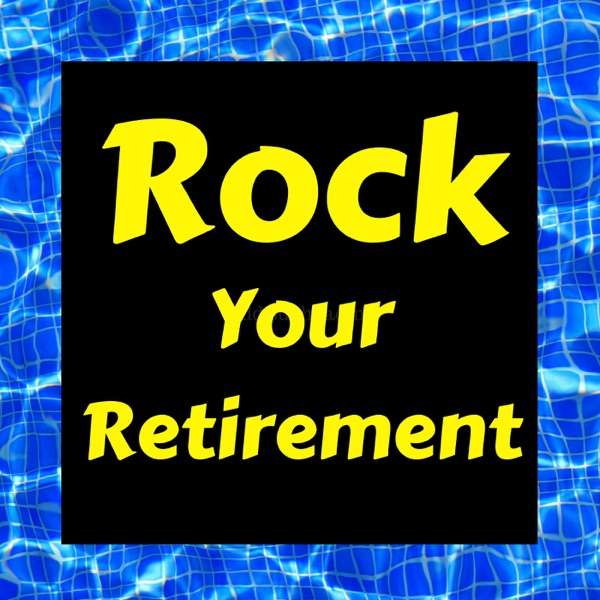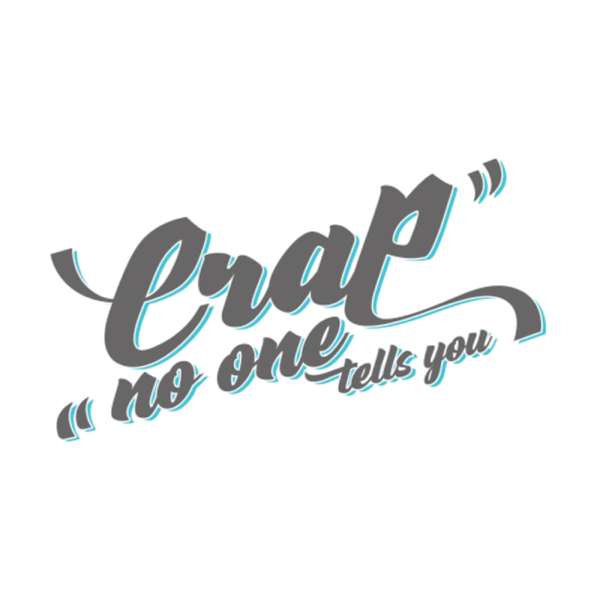More Gear Show topic this month: Tripods
Follow @Photopodcasts on Twitter
Email scott@scottbourne.com with questions or use the form on our website
Special Guest:
Sharky James
PetaPixel Photography Podcast
http://www.PetaPixel.com/podcast
Fewer people use tripods than ever before. There are several reasons for that. Low-light camera performance has improved, image stabilization (both in camera and in lens) has become widely available and also improved. ISO ranges have become improved. But in my opinion, serious avian photographers should at least carry a tripod.
To drive that point home, I think tripods are like lenses. You probably wouldn't think of just owning one lens. Neither would I consider owning just one tripod. I think I have at least 10 different tripods in my gear closet right now.
Here's what you need to know:
BASICS
There are many advantages to shooting with a tripod that cannot be overlooked. I believe that owning a tripod may be the single best step you can take to make better photographs. A properly designed (and used) tripod provides the opportunity for sharper images than hand-held shooting does.
Camera movement is one of the biggest reasons that people come up with out of focus pictures. When using slower shutter speeds, the slightest camera movement can cause anything from a completely out of focus, blurry photo to a slightly soft image. Camera shake can only be solved by one of two methods. Image stabilization can solve it – although not as reliably as the second way – using a tripod.
Another reason to use tripods is increased depth-of-field: When you want to work at smaller apertures, especially for those landscape and macro shots, you'll need a tripod to hold the camera steady instead for those long shutter speeds.
Tripods can also be extremely helpful (if not downright necessary) when shooting HDR or panoramic stitched images. Tripods help you maintain precise registration between frames.
The other reason to own (and use) a tripod is that they tend to slow you down a bit and cause you to think; to be more deliberate and contemplative in your photography. That is where art happens.
Last but certainly not least for bird photographers, if you're using a big, heavy, telephoto lens a tripod is a must.
I'd rather equip you with the concepts behind what to look for when buying a tripod, but if you just want to see my personal favorites, scroll down for my picks. If you want to think this through on your own, here are some things you need to know.
CONCEPTS
Tripods are measured by cost, weight, collapsed and extended height, overall size, load capacity, head type, feet, leg locks and materials. You need to know something about all of these concepts to pick the right tripod.
COST
Let's start with the elephant in the room. You get what you pay for. The cheap tripod you buy at the corner drug store is always going to be a waste of time. You might as well save your money and go to a movie. Unlike today's cameras, where just about anything that costs $500 or more will produce incredible results, there are indeed some very crappy tripods out there. My goal here is to give you the basics on what to look for and help you avoid making the mistake of buying one of those crappy tripods and instead, point you to one that you can count on and that will last.
WEIGHT
You want a tripod that's strong enough to easily support your camera/lens but not any heavier than you want to carry. Carbon fibre tripods offer the same strength as steel tripods but weigh much less. They also cost much more. You want the beefiest tripod you can afford to buy and carry. Period.
COLLAPSED AND EXTENDED HEIGHT
If you consistently shoot avian subjects, you may need to get a tall tripod that gets you a better angle. You also want to think about how many leg segments the tripod has. If it has three, chances are it won't collapse well for travel. If it has six, it may be small enough when collapsed down to fit in your briefcase. Think about all these things when you select a tripod.
OVERALL SIZE
This one is simple. Get a tripod that is tall enough for you to use. If you are seven feet tall, the typical five-foot-tall tripod won't work for you. Likewise, unless you shoot from a ladder, there's no need to buy a tall tripod if you are never going to shoot from that height.
LOAD CAPACITY
This is a very important statistic to pay attention to. Load capacity is the manufacturer's rating for the tripod's ability to carry and appropriately support a certain weight load. If you put a camera that's heavier than the maximum load capacity on a tripod, you run the risk of a piece breaking or collapsing, causing damage to both the tripod and the camera. So, it's important to know how much your camera weighs with its heaviest lens, and buy a tripod that will handle it.
Here's a safe rule of thumb. If a tripod manufacturer says their tripod can handle 16 pounds of gear, assume it can only handle eight. That way you'll never be disappointed. It's been my experience that the manufacturers either on purpose or out of ignorance overestimate the weight carrying ability of most tripods.
HEAD TYPE
Most high-end tripods don't ship with a head. You can add whatever kind you like. Most of the professional photographers I know prefer what's called an "Arca Swiss" tongue and grove ball head. Arca Swiss is a brand and it's expensive. You can choose that brand or a less expensive brand that does the same thing. I like heads from Induro and Kirk Enterprises. These heads require you to get a camera and/or lens plate for each camera and large lens you own (smaller lenses don't need a plate.) The plate locks onto the camera/lens using a secure allen wrench. This is much more secure and safe than the kind of plate that merely screws on with a thumb screw or a simple slot you can use to lock with a coin.
Bird photographers with long, telephoto lenses will want to use a gimbal head instead of a ball head. The gimbal allows you to move a big, heavy lens easily and keeps it in place when you need stability. These are very expensive and require practice to get used to but they are worth their weight in gold if you use 500, 600, 800 or longer lenses.
The less-expensive tripods tend to come with their own heads and generally, I haven't found any that I really like that work as well as the Arca-Swiss style, so that's what I recommend.
FEET
Depending on how you use your tripod you may want feet that detach, that are replaceable or changeable. Outdoor photographers often want feet that can be used as spikes to stabilize the tripod's placement. Indoor photographers may want rubber feet to avoid marring floors or even wheels to move the tripod easily. As usual, the more expensive tripods tend to come with more options. Be sure you get the most versatile feet you can so you can use your sticks in many environments.
LEG LOCKS
There are generally two kinds of leg locks on tripods. Spiral and Flip Lever. There are pros and cons to both. Flip lever locks are quicker in the field but tend to fail sooner than spiral locks. Spiral locks tend to be slower in the field but last longer. Suffice it to say that the more you pay the better the leg locks will be whichever type you select.
MATERIALS
This is another big factor in choosing a tripod. If you want to save money, go with an aluminum or steel tripod. You'll get a lot of bang for your buck this way but you'll pay for it with a sore back. These tripods will be heavy if they're large enough to support large payloads.
Carbon fiber is lightweight, sturdy and reliable. It's also very expensive. If you can afford it – go with carbon fiber. You'll get the same strength as steel with far less weight but for far more money.
(MONOPODS)
I wanted to interject a quick note about monopods here. There are some places that won't allow a tripod but will allow a monopod. There are also cases (like using super telephoto lenses) where you just need the monopod to steady the lens and take the stress off of your arms. In these cases you might substitute a monopod for a tripod.
Monopods (also called unipods) are usually lighter and smaller than tripods, but don't offer the same level of stability.
Monopods do offer some obvious advantages. They are less expensive than tripods and they are light enough to carry almost anywhere. They allow you to compose and shoot almost as fast as you would if you were hand-holding, where tripods require you to take more time.
One way to make the monopod more valuable is to mount an Arca-Swiss style tongue and groove head on the monopod and a corresponding plate on the camera or lens. Kirk Photo is a good source for both. You can also buy less expensive knockoffs on Amazon.com.
When using a monopod, I like to wear loose-fitting loafer style shoes and then I anchor the monopod inside my shoe against my foot for added stability. Another popular technique is to use your own two legs in conjunction with the monopod making a three-legged tripod.
Many unipods can also be used as a chestpod, or beltpod, meaning that the foot of the unipod (sometimes with a special adapter) can rest on the belt, waist, or chest, of the photographer. The result is that the camera is held more steadily than by hand alone (though not as steadily as when the foot is planted on the ground), and the camera/unipod is completely mobile, traveling with the photographers movements.
If you just want to know what tripods I like, heres the list.
MY TRIPOD/MONOPOD PICKS
NOTE: I am not saying these are the only tripods or monopods I like, or that other tripods aren't good. I am saying that based on price and performance, these are MY safe picks in each category. I own or have owned, all of these tripods. I have no bias against or for any of these companies since I own and use so many different brands. None of these companies currently sponsor me. Ignore brand loyalty debates. Just pick the one that seems to fit your needs. Also note that many of these are expensive. There's a reason for that. Cheap tripods either don't do the job or don't last so get a good one and get over it.
Induro Tripods GIT203 No. 2 Grand Series Stealth Carbon Fiber Tripod, 3 Sections (get the 3 series or the 4 series if you have large heavy DSLRs or medium format gear - get the 4 or 5 section version if you want extra height - they will all be more expensive than the one I am suggesting here.)
http://amzn.to/2trmnSb
Induro BHD3 Ballhead
http://amzn.to/2t6xBfm
Really Right Stuff TVC-23 Tripod
Really Right Stuff BH-40 Pro II Ballhead (This is the standard ball head I use most of the time)
Jobu Design BWG-J3K Junior 3 Gimbal Kit with Swing-arm HM-J2 (This is the gimbal I use most of the time)
http://amzn.to/2swLFBN
Gitzo GM2562T Series 2 Traveler Carbon Fiber 6 Section Monopod (Black) (This is the monopod I use most of the time)
http://amzn.to/2t6ytkm
Platypod Max - I use this in place of a tripod when I can.
http://amzn.to/2sJI9ng

 Our TOPPODCAST Picks
Our TOPPODCAST Picks  Stay Connected
Stay Connected







